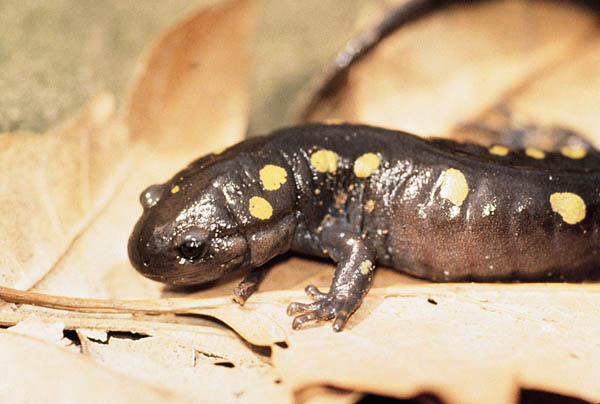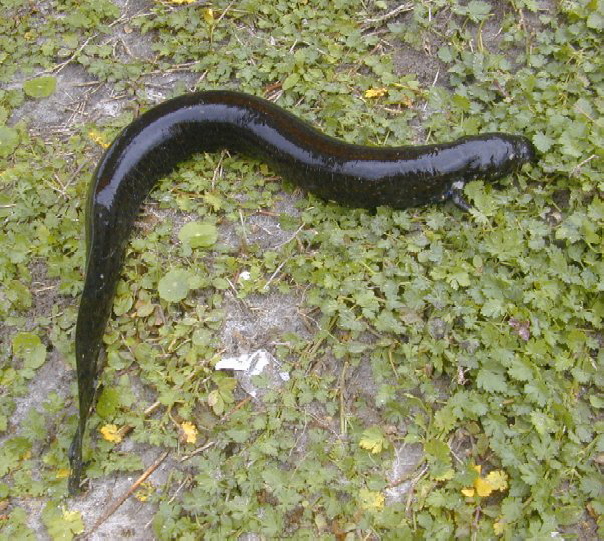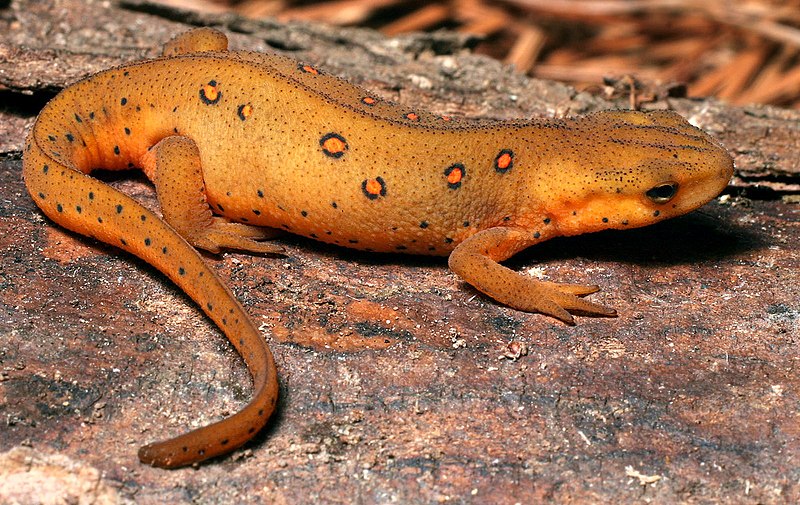 Hurricane Sandy, which hit the Northeastern USA in October of 2012, caused losses to both private herp keepers and zoos. My own collection, home to a 32+ year-old Red Salamander and several others aged 20+, thankfully fared very well. The zoos and aquariums for which I consult are working to limit losses; I’ll provide updates via Twitter.
Hurricane Sandy, which hit the Northeastern USA in October of 2012, caused losses to both private herp keepers and zoos. My own collection, home to a 32+ year-old Red Salamander and several others aged 20+, thankfully fared very well. The zoos and aquariums for which I consult are working to limit losses; I’ll provide updates via Twitter.
Reptile care during power outages is well-understood by most, so today I’ll focus on amphibians, as their unique needs can be easily over-looked. Most of the points mentioned below also apply to semi-aquatic species.
Filter Care and Bacteria Die-offs
When power fails, submersible, corner, and other internal filters should be removed from the aquarium. When oxygenated water is flowing through a filter, ammonia is converted to less toxic nitrites and nitrates by beneficial aerobic bacteria. Once the flow of water stops, the resident beneficial bacteria perish and your filter becomes a source of decomposing organic material, poisoning the already-stressed aquarium inhabitants. Fish keepers are well aware of these processes, which are part of the nitrogen cycle. An understanding of the nitrogen cycle will enhance your ability to keep and breed amphibians; (please see this article). Read More »
 That Reptile Blog – Reptile, Amphibian and Exotic Pet Care and Information
That Reptile Blog – Reptile, Amphibian and Exotic Pet Care and Information




